Now is the time for offshore fishing tackle preparation, as you look forward to trolling for bigeye tuna, hooking up with bluefin, chasing wahoo, and pursuing those other blue-water species that will push your gear to the limit. In a previous article we discussed how to build a spreader bar for tuna fishing, so now let’s make sure the rest of your coastal and oceanic tackle is ready, with a few standard rigs that should be in the tackle arsenal.
Before we look at individual rigs, remember that the life span of fishing rigs is different for every angler. It depends on type of leader material and how many hours the rigs spent in water, along with the effect of ultraviolet light when exposed to sun for extended periods. The majority of our charter boat's mono rigs were reconstructed every year (and many throughout the season). Keep in mind these rigs were fished on a daily basis. A weekend angler probably can get away with at least a couple years for most mono rigs. Fluorocarbon leaders are not affected by sunlight like mono and has longer lifespan. How long? I normally use fluorocarbon rigs for three years before replacing them (depending on use, condition, nicks, etc). The leaders probably would last longer, but I never want to push the issue and possibly lose a trophy fish. (Murphy's Law says leaders only break while battling trophies!) Let's just say that you need to check every rig carefully, especially for nicks. And any leaders in question (for example, the one that was stressed to the maximum from a three-hour battle with a blue marlin or big bluefin tuna) should be replaced. All swivels/snap swivels need to turn smoothly. Check every crimp, and any signs of corrosion certainly require getting out the crimper and sleeves. Every hook needs to be as sharp as possible. That tangled hair on skirts can be fixed by washing the lure with soap, then brushing and combing; rinse well before drying. Now that your current rigs are ready to go, check the inventory and construct the following “standard” rigs, if they’re missing.
Flounder Fishing Rig
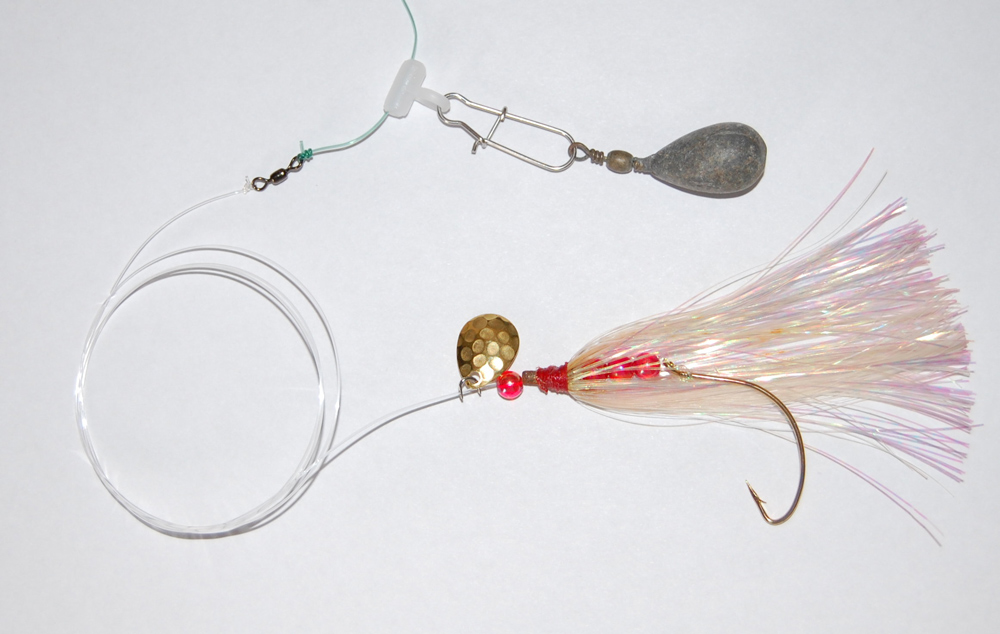
Shark Fishing Rig
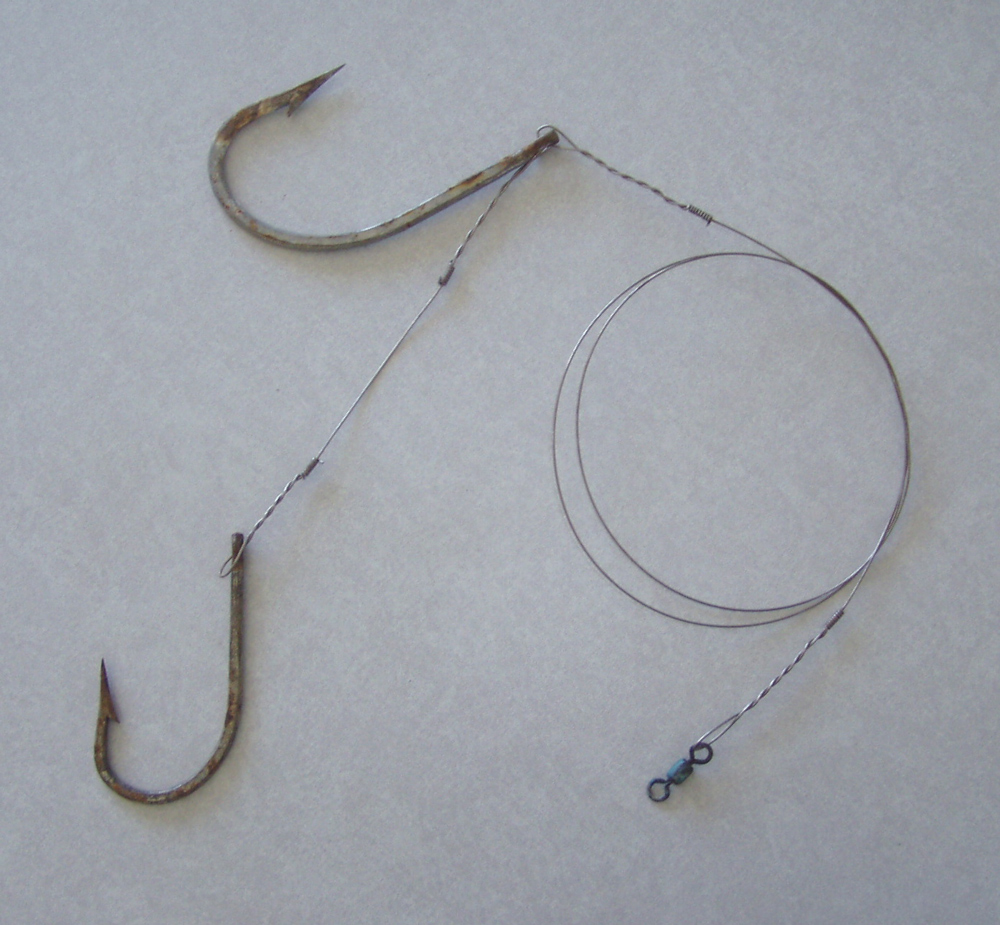
Green Machine Bird Rig
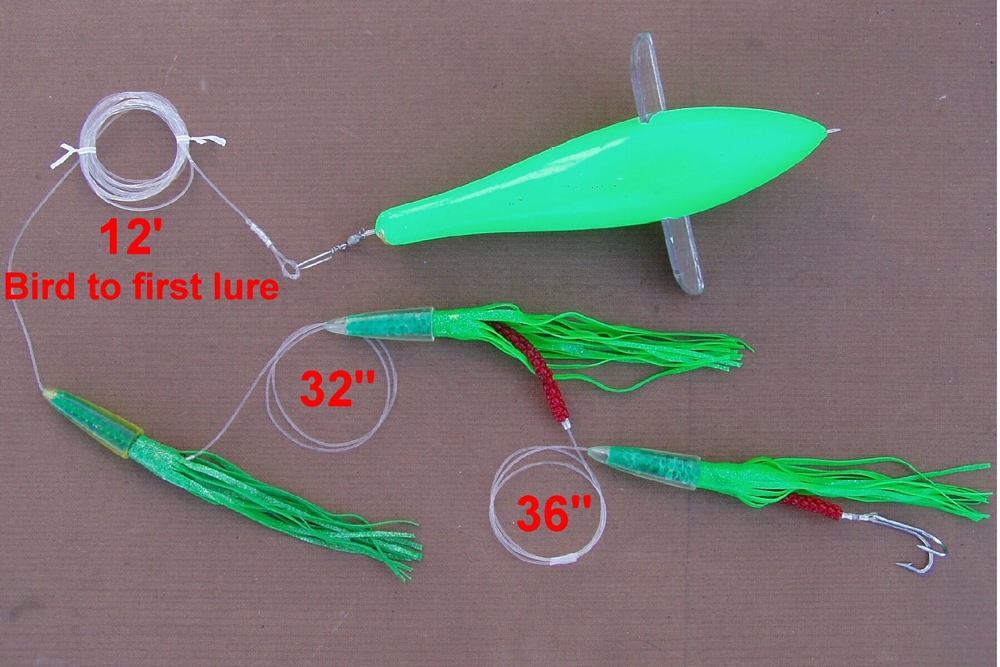
Drone Spoons and Cedar Plugs
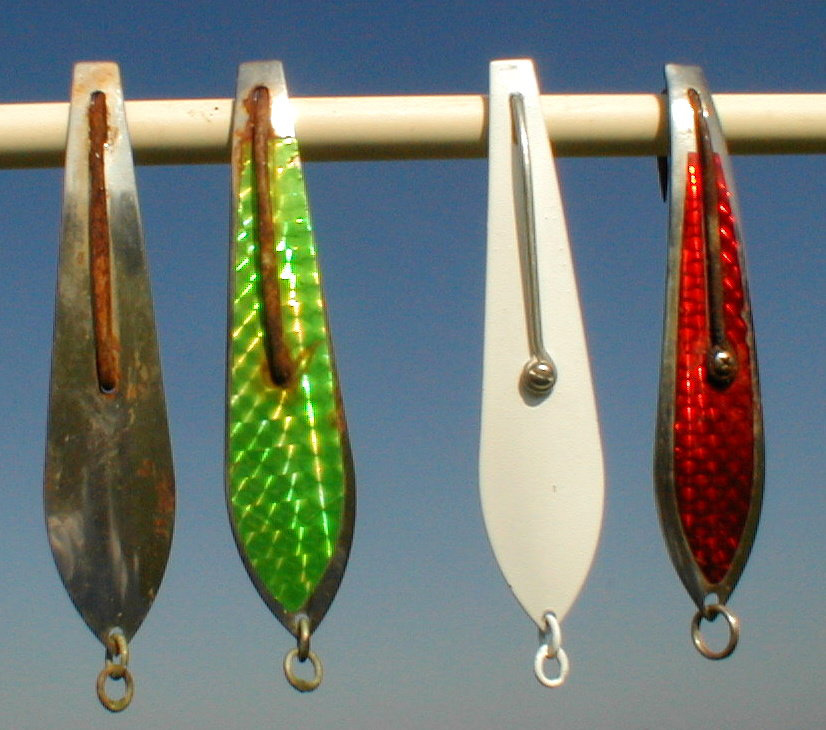
Ballyhoo Trolling Rigs
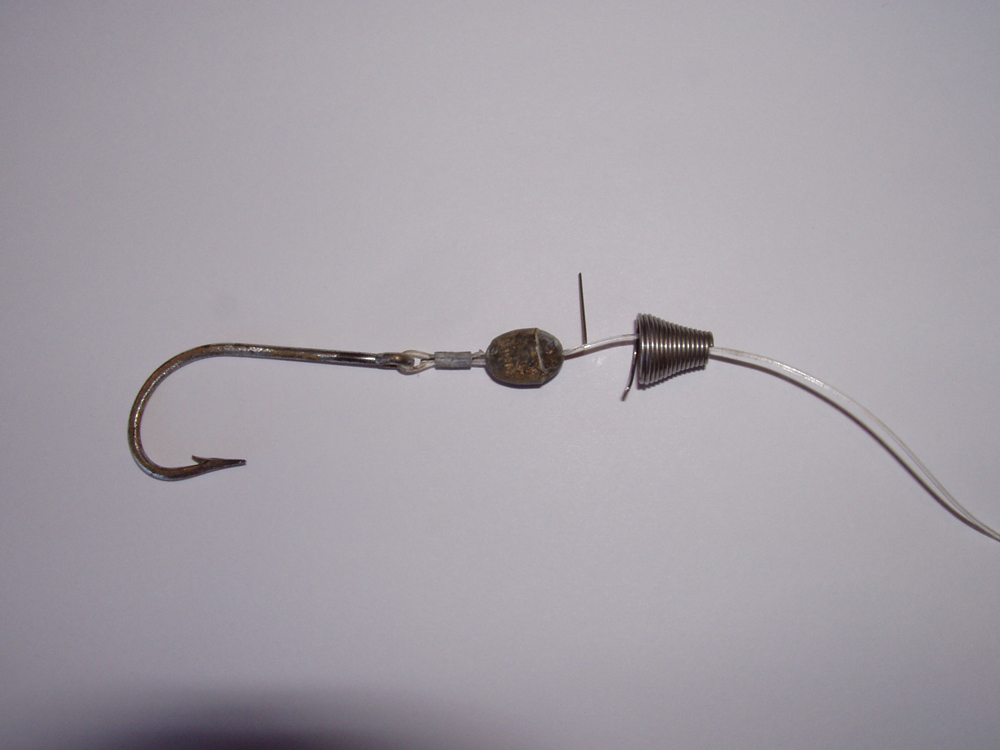
All of these rigs will hopefully get wet in the immediate future! Until then, for additional rigging tips and rig construction, check out my books “Offshore Pursuit” and “Saltwater Tales.”
- By John Unkart